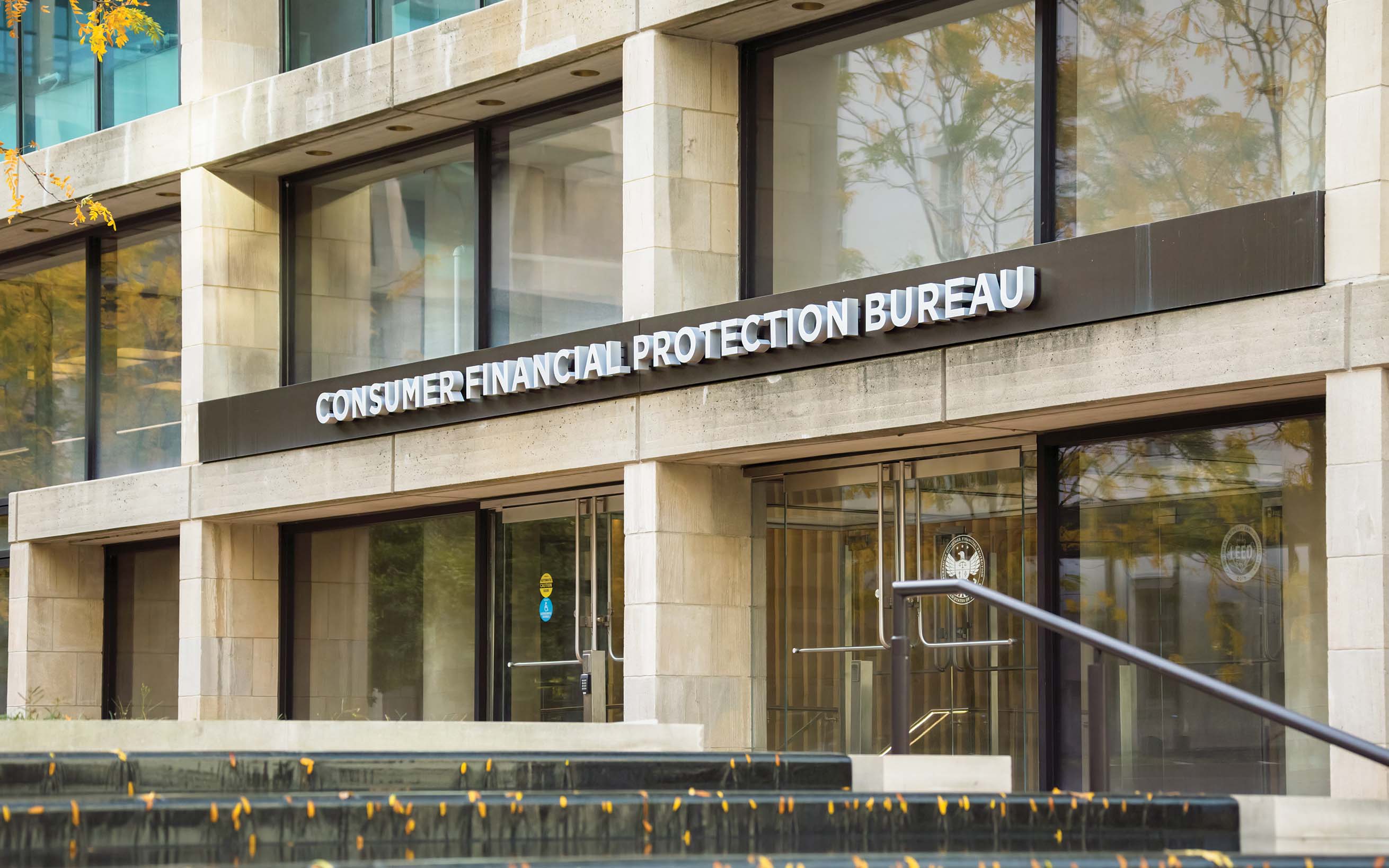The CFPB recently issued new guidance on overdraft fees that was unanticipated by community banks. Learn what this means for the industry and how community banks can stay in compliance.
Navigating new overdraft fee guidance for community banks
February 01, 2023 / By Mary Thorson Wright
The CFPB recently issued new guidance on overdraft fees that was unanticipated by community banks. Learn what this means for the industry and how community banks can stay in compliance.
In October 2022, President Biden announced a crackdown on so-called junk fees, including new steps that effectively ban banks from imposing disclosed overdraft fees. Concurrently, the Consumer Financial Protection Bureau (CFPB) issued Circular 2022-06 guidance on “unanticipated overdraft fee assessment practices,” which complies with TILA, EFTA, Regulation Z, Regulation E and the prohibition against unfair, deceptive, and abusive acts or practices (UDAAP) in Section 1036 of the Consumer Financial Protection Act (CFPA).
Banks offer a variety of products or services designed to allow overdrafts on deposit accounts, including:
Lines of credit
A sweep of funds from another deposit account of the customer
A courtesy period during which the customer can clear the overdraft
An ad hoc decision to pay or not pay the overdrawn amount, or some other combination of allowances
Regardless of the type, the bank may choose to also impose a previously disclosed fee upon the overdrawn transactions as a deterrent to future activity or to cover costs incidental to administering the program. Fee disclosures are typically provided at account opening, the commencement of an overdraft feature, a change in terms related to the overdraft or account program, and any other subsequent disclosure trigger. Sound compliance management requires consistent written disclosures, procedures and actual practices.
Overdraft programs benefit customers by helping ensure transactions are still processed and that a payee is not notified regarding the customer’s account balance. Bank regulators have issued guidance and expressed concerns about how banks administer overdraft programs and the fees that are charged to customers. In March 2022, the CFPB noted in its blog that “overdraft fees can price people out of banking.”
The overdraft fee circular’s effects
Of late, the CFPB has been taking regulatory actions using novel tools including interpretive rules, advisory opinions and circulars, rather than formal rule changes. The circular is an example of this less-formal approach.
“The Circular will definitely have a regulatory impact on community banks, even without the supervisory oversight of the CFPB.”
—Rhonda Thomas-Whitley, ICBA
“The substance of the circular and also the manner in which it was established are of concern,” says Mickey Marshall, ICBA AVP and regulatory counsel. “ICBA believes this change should have been done through the rulemaking process. The circular was unanticipated by the industry, and the public and the industry didn’t get the opportunity to provide feedback or to consider its impact prior to implementation. The process did not promote transparency or give banks the opportunity to comment or explain their position prior to implementation.”
How the circular will affect community banks is not entirely clear. “The CFPB exercises direct supervision and examinations for banks with total assets over $10 billion, whereas most community banks are directly supervised by the FDIC, Federal Reserve or OCC,” Marshall says. “While the CFPB circular may not be technically binding on the other federal bank regulators, community banks need to consider that the publication and promotion of the circular is not happening in a vacuum. It’s reasonable to believe that examiners from those agencies may begin to apply this model for unanticipated overdraft fees in their community bank examinations.”
Rhonda Thomas-Whitley, ICBA vice president and regulatory counsel, agrees: “The circular will definitely have a regulatory impact on community banks, even without the supervisory oversight of the CFPB.”
While community banks have offered overdraft protection to their customers for decades and have been subject to compliance monitoring, internal and external audits, and federal and state bank examinations, the CFPB’s overdraft fee circular and public statements by the Biden administration now subject their programs to a change in standards.
“Examiners have scrutinized account disclosures, fee schedules, bank procedures and records of overdraft fees for years,” Thomas-Whitley says. “Now it appears that those same disclosures, fee schedules and their associated implementation may not be sufficient. It is difficult to conceive that overdraft fees and practices are unanticipated when they have been so thoroughly disclosed to customers and vetted by examiners.”
At the time of writing, CFPB had issued the first report of enforcement under the circular.
“Community banks have been dedicated to comprehensive reviews of their disclosures and procedures for years,” Whitley says. “Banks have found themselves in a situation where they are following the rules but are being scrutinized by the same agencies that make the rules. How do we capture and evaluate what will fall with the next shoe?
“Bankers are put in the position of monitoring trends and available guidance but may be in a holding pattern to see how they play out from anecdotal feedback or issuances from CFPB or their primary federal bank regulators.”
ICBA’s response to the overdraft fee circular
In response to President Biden’s remarks and release of CFPB Circular 2022-6, ICBA president and CEO Rebeca Romero Rainey issued a statement in support of overdraft protection services offered to bank customers. She noted that the president’s comments mischaracterize the services community banks offer their customers for critical financial solutions and safeguards, and that the fees associated with programs are fully disclosed to customers. In November 2022, ICBA submitted a written response to CFPB director Rohit Chopra about the circular. Visit icba.org/advocacy for more information.
Subscribe now
Sign up for the Independent Banker newsletter to receive twice-monthly emails about new issues and must-read content you might have missed.
Sponsored Content
Featured Webinars
Join ICBA Community
Interested in discussing this and other topics? Network with and learn from your peers with the app designed for community bankers.
Subscribe Today
Sign up for Independent Banker eNews to receive twice-monthly emails that alert you when a new issue drops and highlight must-read content you might have missed.
News Watch Today

Join the Conversation with ICBA Community
ICBA Community is an online platform led by community bankers to foster connections, collaborations, and discussions on industry news, best practices, and regulations, while promoting networking, mentorship, and member feedback to guide future initiatives.













